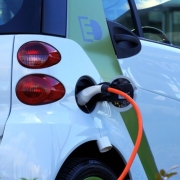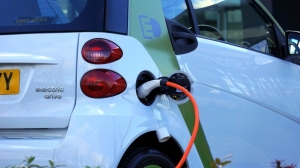‘How to Protect Your Appliances from Power Outages: Tips and Tricks’
Power outages happen more often than you might think. Whether it’s a storm that hits your city, or a tree falling on the power line in front of your home, there are plenty of reasons why our electricity can be cut off unexpectedly. Unfortunately, power outages can be devastating for those who depend on their appliances to live day-to-day – everything from refrigerators and microwaves to coffee makers and electric blankets! In this blog, we’ll share with you some tips and tricks for protecting your most essential appliances from power outages, so you never have to worry about being without them again!
Fit Your Appliances With Surge Protection
When you want to protect your appliances from power outages, the first thing to do is to fit them with surge protection. Surge protectors are devices that give an electrical appliance added defence against strong fluctuations in voltage, protecting it from any damage that may occur due to the outage.
Consider A Generator For Emergencies
If you want to be sure your appliances are protected from power outages but don’t think a surge protector is quite enough, consider buying an emergency backup generator. A backup generator allows you to hook up all your appliances and still use them even if the electricity cuts off completely.
Get a UPS for Critical Appliances
If you want to ensure your critical appliances are protected from power outages, but a backup generator is not practical, consider buying an Uninterrupted Power Supply (UPS). A UPS system acts as an emergency battery backup that can keep vital components powered up for a short period. This gives the surge protector enough time to kick in and protect any connected equipment from dangerous voltage fluctuations associated with brownouts or blackouts. Some UPS systems can power electronic devices for extended periods.
Unplug Your Appliances When You Anticipate A Power Outage
Another thing to do if you want to protect your appliances from power outages is to unplug them when you expect a dip or surge in electricity for any reason. You can never be too safe when it comes to electricity! A good rule of thumb is that any appliance which contains a motor should always remain disconnected during a storm or outage because the strong fluctuations in voltage may damage its internal components and render it unusable.
Avoid Overloading Outlets With Extension Cords
Some appliances may require extension cords, but make sure you avoid overloading sockets with multiple plugs. If the additional amperage of plugged-in devices exceeds the capacity of your socket wiring, it can cause problems for both your equipment and yourself! Always check that items are serviced by a fuse box with enough power supply to handle them before plugging them into outlets.
Carry Out Regular Maintenance On Appliances
The last tip for protecting your appliances from power outages is simple – do regular maintenance on all of them, so they don’t develop any issues. For example, many people assume their refrigerator will continue working if there’s a power outage. Still, it’s one of the most likely appliances to break down due to power outages. By checking your fridge regularly for any issues with its compressor, coils or refrigerant piping, you can prevent an outage from damaging it irreparably. The same is true for most of your other appliances.
In conclusion, power outages can be devastating for your appliances if you don’t know the proper steps to protect them. To learn more about how surge protectors, generators and UPS devices work together to keep appliances protected from power outages, do some research on how you can proactively prevent appliance damage from power outages.





 How To Kill An Hour
How To Kill An Hour








